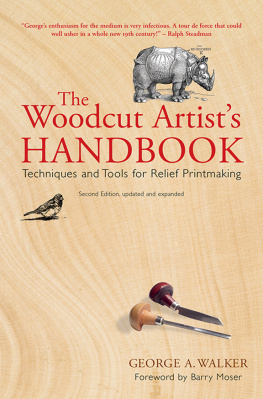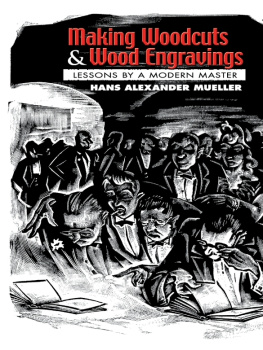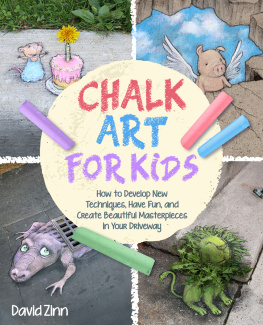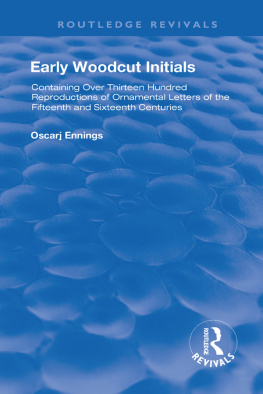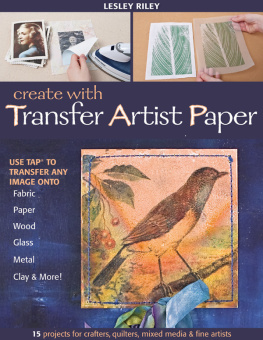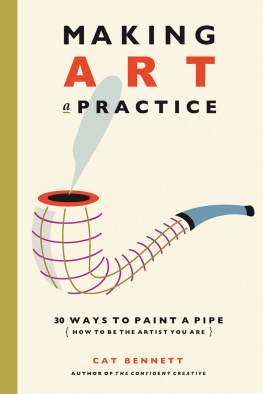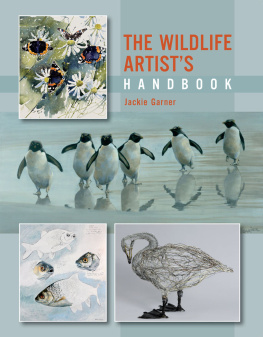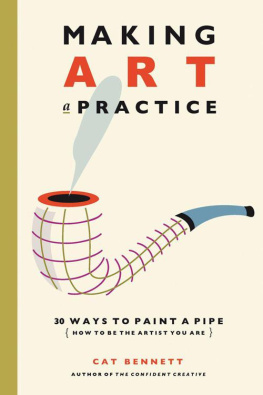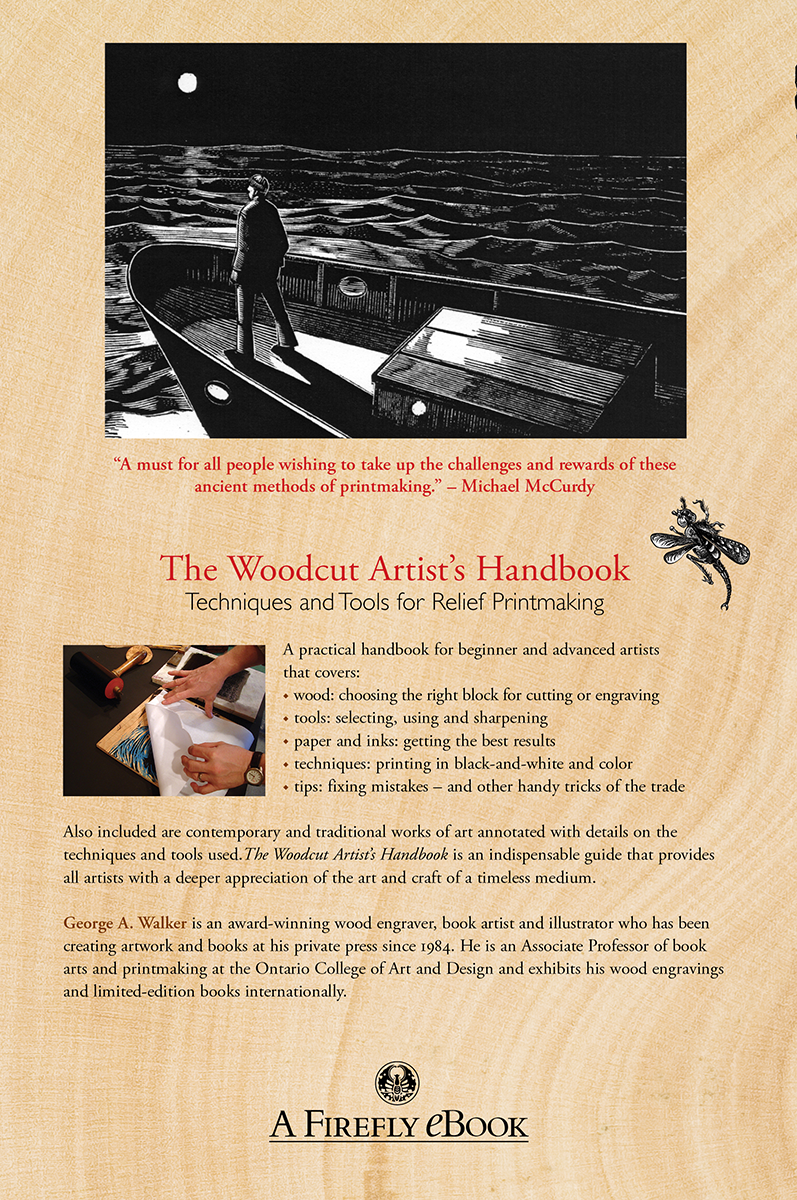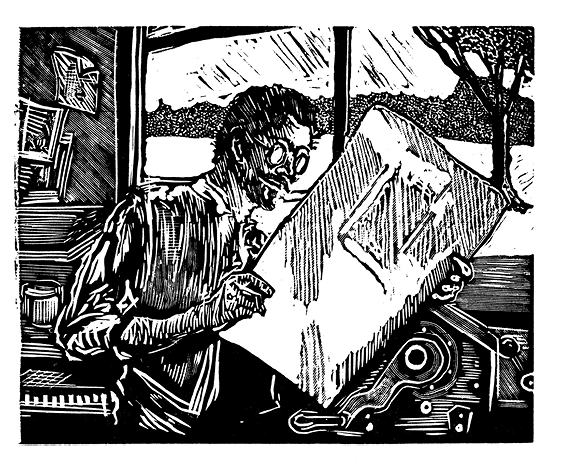George A. Walker - The Woodcut Artists Handbook: Techniques and Tools for Relief Printmaking
Here you can read online George A. Walker - The Woodcut Artists Handbook: Techniques and Tools for Relief Printmaking full text of the book (entire story) in english for free. Download pdf and epub, get meaning, cover and reviews about this ebook. year: 2010, publisher: Firefly Books, genre: Home and family. Description of the work, (preface) as well as reviews are available. Best literature library LitArk.com created for fans of good reading and offers a wide selection of genres:
Romance novel
Science fiction
Adventure
Detective
Science
History
Home and family
Prose
Art
Politics
Computer
Non-fiction
Religion
Business
Children
Humor
Choose a favorite category and find really read worthwhile books. Enjoy immersion in the world of imagination, feel the emotions of the characters or learn something new for yourself, make an fascinating discovery.
- Book:The Woodcut Artists Handbook: Techniques and Tools for Relief Printmaking
- Author:
- Publisher:Firefly Books
- Genre:
- Year:2010
- Rating:4 / 5
- Favourites:Add to favourites
- Your mark:
The Woodcut Artists Handbook: Techniques and Tools for Relief Printmaking: summary, description and annotation
We offer to read an annotation, description, summary or preface (depends on what the author of the book "The Woodcut Artists Handbook: Techniques and Tools for Relief Printmaking" wrote himself). If you haven't found the necessary information about the book — write in the comments, we will try to find it.
An indispensable guide for those who make art out of the contrast between light and dark. And, its a sheer pleasure for everyone else, thanks to its many wonderful illustrations.
-- Artsforum
Walkers instruction is so clear and well organized that this handbook is perfect for the beginner.
-- American Artist
The history of woodcuts goes back more than a thousand years. Working carefully and with great precision, the woodcut artist carves a mirror image of a design on wood or other suitable material. The design is then inked and pressed against paper. The technique allows the artist to create an almost unlimited number of impressions of the same work. The precision of the work and the ability of the artist to create multiple impressions allow many fine woodcut artists to create pieces at a reasonable price, which an average collector can afford.
The Woodcut Artists Handbook provides the basics of this craft with a detailed analysis of its tools and media. This improved second edition features two new chapters that teach artists step by step how to make an engraving and linocut. Artists can improve and develop considerable skill in this art by following these instructions and the authors professional tips. Beginners and advanced woodcutters and collectors will gain a deeper understanding of and appreciation for this craft and art.
This profusely illustrated book is ideal for artists, printmakers, designers and collectors.
George A. Walker: author's other books
Who wrote The Woodcut Artists Handbook: Techniques and Tools for Relief Printmaking? Find out the surname, the name of the author of the book and a list of all author's works by series.

